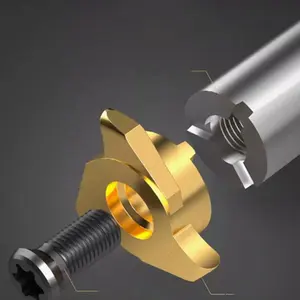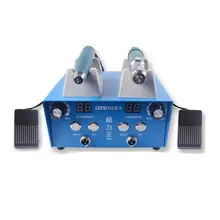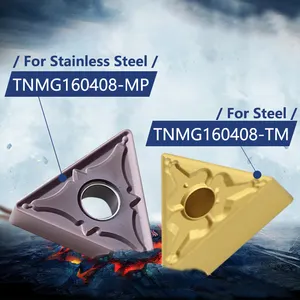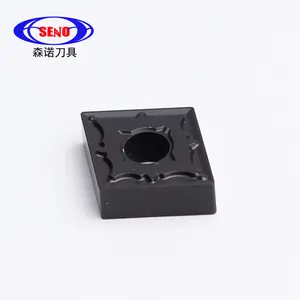Understanding Carbide Inserts
Carbide inserts are essential components in modern machining, offering precision and durability for a variety of cutting tasks. These inserts are made from tungsten carbide, a material known for its hardness and resistance to wear and high temperatures. The versatility of carbide inserts makes them suitable for numerous applications, including turning, milling, and drilling operations in various industries.
Types and Applications of Carbide Inserts
The range of carbide inserts includes various shapes and sizes, each designed for specific operations. CNMG inserts and TNMG inserts are commonly used for turning operations, offering multiple cutting edges. For precision milling, milling inserts are engineered to remove material with accuracy. DCMT 11 T3 04 and DNMG insert types are tailored for specific cutting angles and finishes, while vnmg insert angle variations cater to unique turning requirements. The application of these inserts spans across industries from automotive to aerospace, where precision metalworking is crucial.
Features and Materials
Tungsten carbide inserts are the backbone of metal cutting due to their ability to maintain hardness even at high temperatures generated during high-speed cutting processes. The robust nature of ccmt insert and mgmn200 types, for instance, allows for extended tool life and improved productivity. The material composition and coating technologies enhance performance and are selected based on the intended application.
Advantages of Using Carbide Inserts
The use of carbide inserts in machining offers significant advantages. Their exceptional hardness translates to superior wear resistance, reducing the frequency of tool changes. The design of tcmt insert and insert vbmt ensures that they can be easily rotated or replaced, maximizing the efficiency of the machining process. Furthermore, the adaptability of kennametal inserts to various cutting conditions makes them a valuable asset in achieving precise machining results.
Selection and Compatibility
Choosing the right carbide insert is crucial for optimal performance. Factors such as the material to be machined, the type of machining operation, and the desired finish all play a role in selecting the appropriate insert. The compatibility of dcmt insert and lathe insert with the tool holder must also be considered to ensure secure clamping and accurate machining.
Integration in Machining Systems
Incorporating carbide inserts into CNC systems enhances the capabilities of machining centers. The precision of cnc insert types is particularly beneficial in complex and detailed machining tasks. With the right selection, these inserts contribute to the overall efficiency and quality of the manufacturing process, making them indispensable in modern industry.












































 浙公网安备 33010002000092号
浙公网安备 33010002000092号 浙B2-20120091-4
浙B2-20120091-4